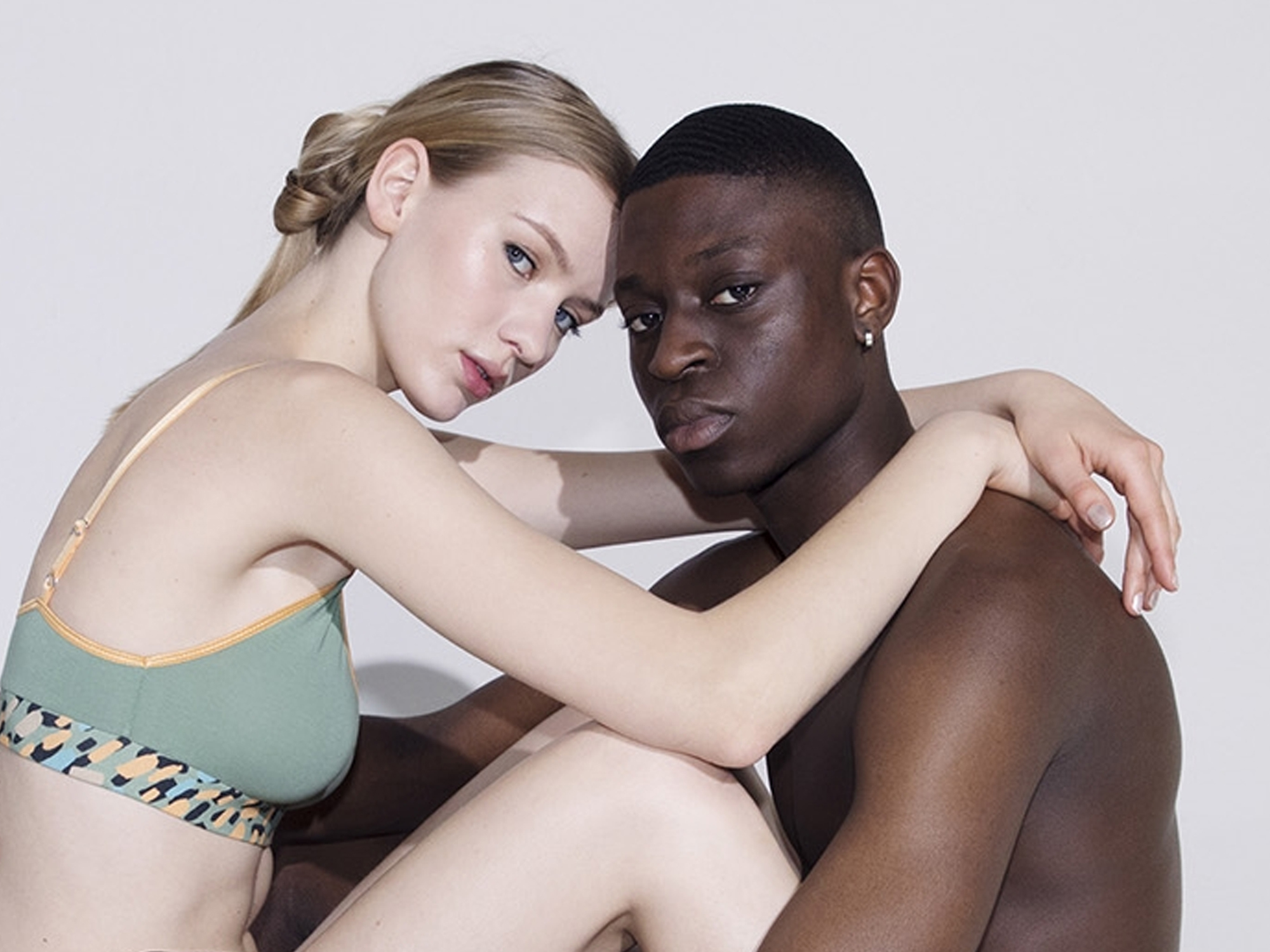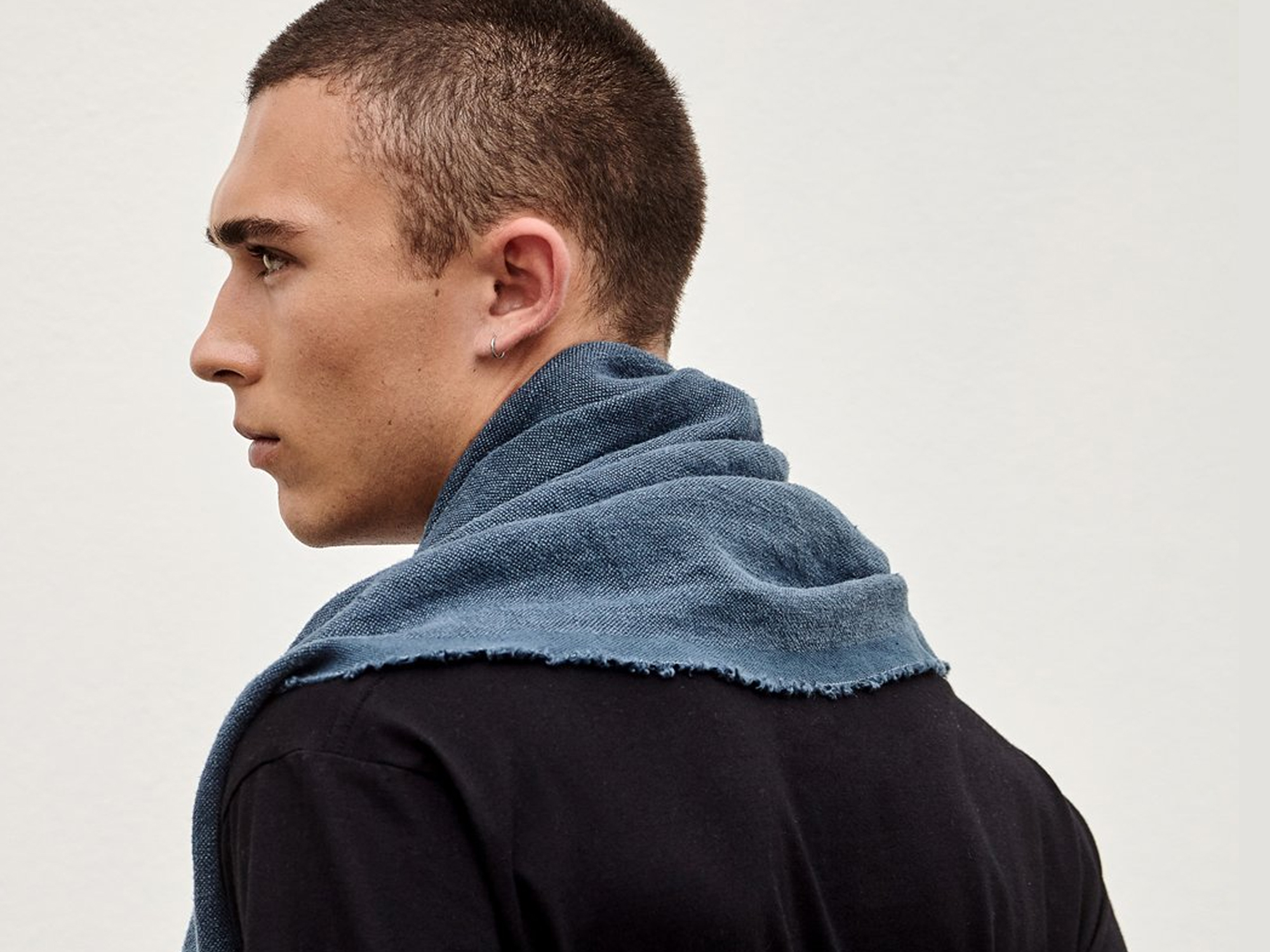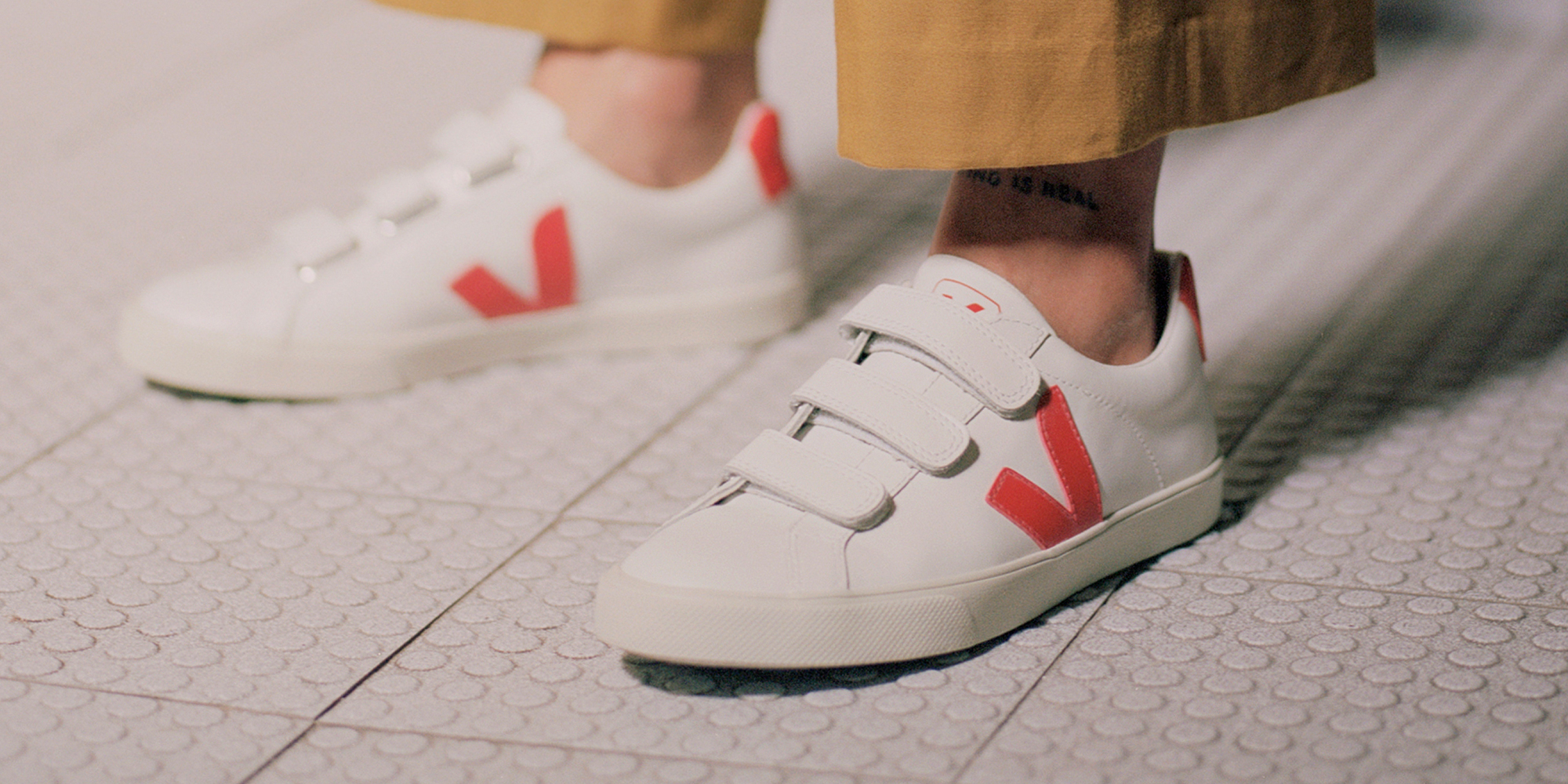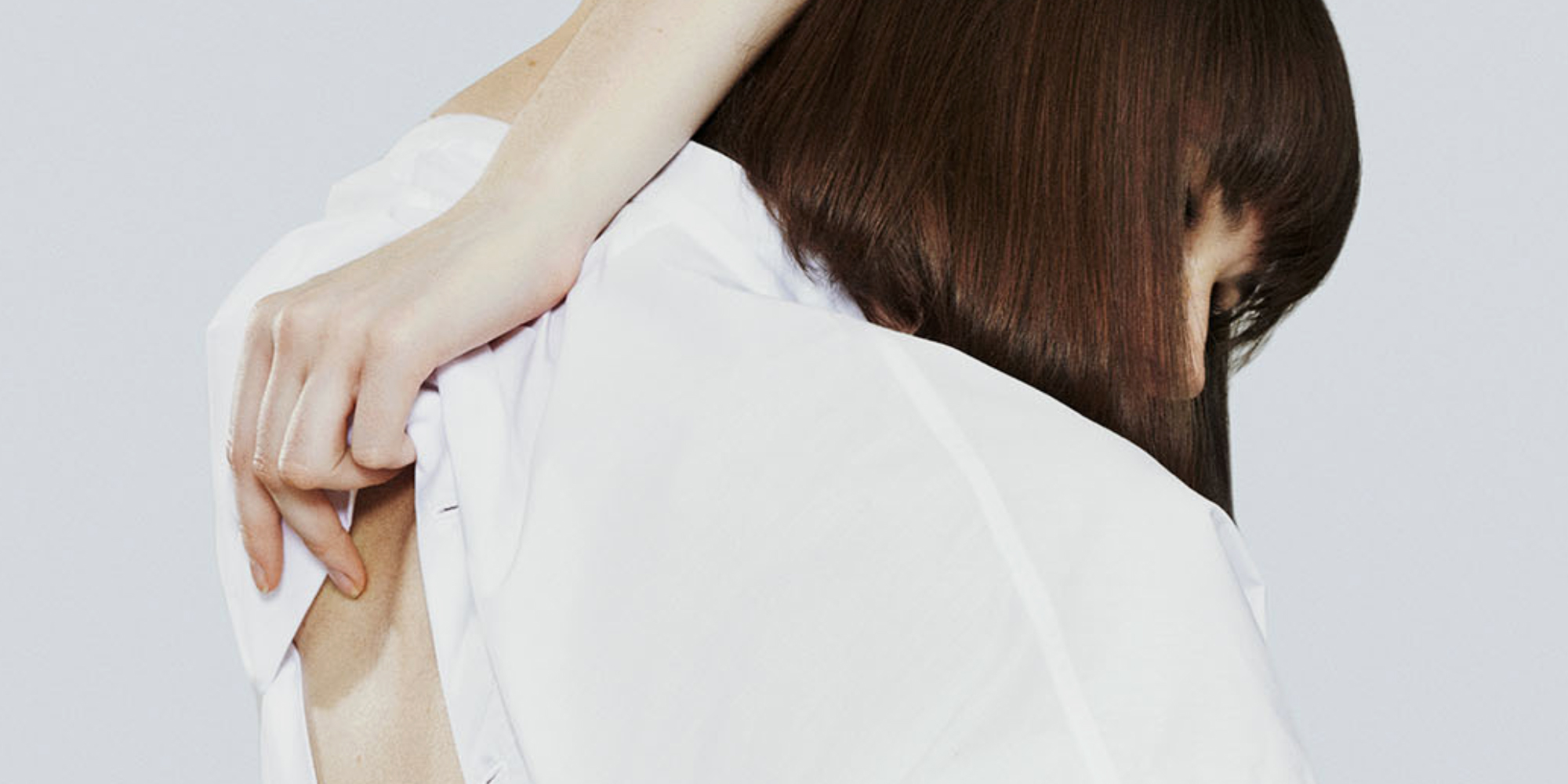Mineral makeup has been making waves in the cosmetics market over the last few years. It burst onto the scene with claims that it’s not only lighter and more beneficial for your skin than regular foundations and powders, but also that it’s a ‘natural’ alternative to chemically-based products.
While minerals are naturally occurring chemical compounds, it turns out this has been a nothing short of a blessing for makeup companies and their marketers. Australian dermatologist Philip Artemi told consumer advocacy group Choice that many of these minerals contain trace levels of toxins, requiring chemical processing to remove them and make them safe for use on the skin. This means that while calling mineral makeup a ‘natural’ product is a bit of a stretch, makeup brands and their advertisers still do it to encourage consumers to buy their products.
However, we definitely shouldn’t confuse mineral makeup with organic skincare, which is better for our skin and the environment. While mineral makeup is made from finely ground naturally occurring minerals, these are still inorganic substances, meaning it’s impossible for a makeup to be mineral-based and 100% organic.
Some products might contain organic ingredients, such as jojoba or aloe vera, but these are only beneficial for the skin when absorbed, not sitting on the surface as powders do. So, if it’s not always au naturel, then should we be concerned about what goes into our favourite mineral foundation?
Most makeup is already ‘mineral makeup’
A pure mineral makeup should only contain the following ingredients, and perhaps one or two more:
- Titanium dioxide
- Zinc oxide
- Mica
- Iron oxides
But it turns out that many regular cosmetic products contain these ingredients anyway. The problem is that there isn’t any regulation that defines when a cosmetic brand can call their product ‘mineral’ makeup. So basically, if it contains a mineral as a base ingredient, it can be labelled as mineral makeup, regardless of what other chemicals it might contain.
Vegans beware! Dead bug alert…
Minerals might be natural, but that doesn’t mean the makeup is vegan-friendly. Pearl powder, silk powder and carmine are animal derivatives and common ingredients used in cosmetics. Carmine helps add a red tone to blushes and powders but is produced by crushing and boiling dead cochineal beetles…yuck!
Stuff to watch out for:
Asbestos
Since 2017, nearly a dozen makeup products marketed to children have been pulled from store shelves because of reports of asbestos contamination. This is a scary fact, considering asbestos is a deadly cancer-causing agent that belongs nowhere near us and our skin, not to mention our children! A big part of the problem is that the cosmetics industry essentially polices itself, and some lawmakers are pushing for changes. In the meantime, the safest bet for consumers is to avoid products containing talcum powder. For more information and a full list of recalled products, see this helpful Consumer Notice page.
Silicones
On a makeup ingredients list, these will likely be dimethicone or cyclomethicone. Silicones are added to skin products to give them that smooth, silky feel. They help powders and liquids glide on easily and create a barrier over the skin. This protects the pores from pollutants and dirt from outside. But if used too often or left on for too long, they can also seal in the bad stuff like bacteria, sebum and impurities, leaving the skin prone to breakouts. Both dimethicone and cyclomethicone are members of the siloxane family. David Suzuki features siloxanes on his Dirty Dozen, a list of cosmetic ingredients to avoid for their impacts on the environment and our health.
Phenoxyethanol
This is a preservative used frequently in cosmetics, perfumes and soaps. There is some evidence to suggest that phenoxyethanol is an irritant, particularly for people with eczema. While the concerns about its side-effects are minimal, the issue is that real mineral makeup shouldn’t require preservatives at all. If you see this one on an ingredients list, the makeup probably isn’t as ‘natural’ as it claims to be.
Bismuth oxychloride
Bismuth oxychloride is frequently used in many kinds of makeup. While it’s a naturally occurring metal, it’s usually synthetically produced and refined in order to meet demand and to make it safe for use on skin. It’s used to give makeup a matte or shimmery appearance, but because it’s a heavy metal, it can cause irritation, itching and breakouts.
Silica and kaolin
Kaolin is a type of white clay, traditionally used in ceramics. Silica is a mineral found naturally in sandstone, clay, and granite. Both are used in cosmetics for their ability to absorb oil and moisture. This is great for people with oily skin types. However, if you’re prone to dry skin, you’ll want to avoid makeup with these ingredients – they’ll only make life harder!
The popularity of mineral makeup has been driven by a growing demand for natural products. We at Good On You support this shift wholeheartedly. But we also believe in the mantra that less is more, and that’s certainly something to keep in mind when shopping for cosmetics. If you’re a lover of mineral makeup, be sure to check the ingredients list before you buy. You may find a few not-so-natural surprises.

















